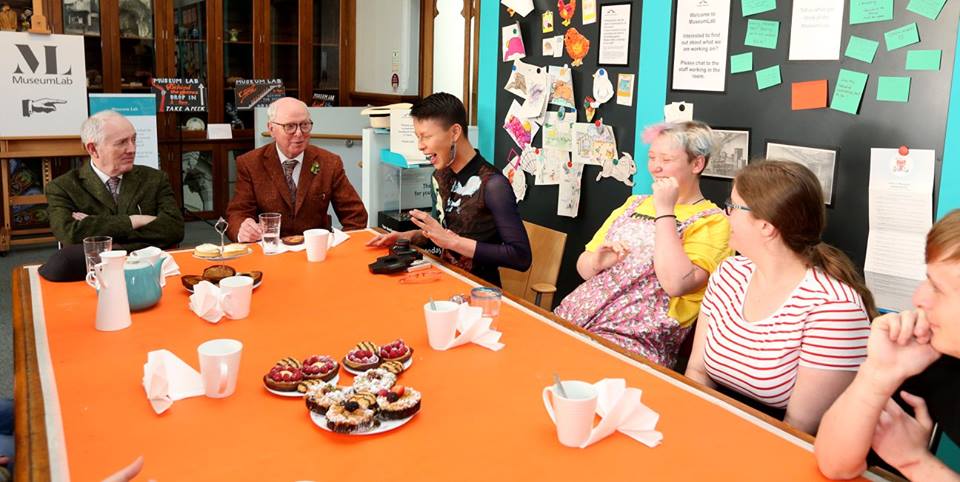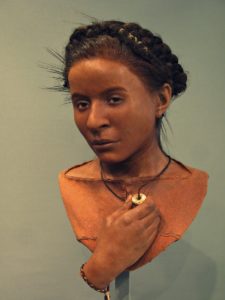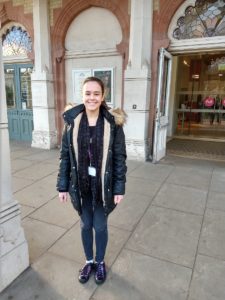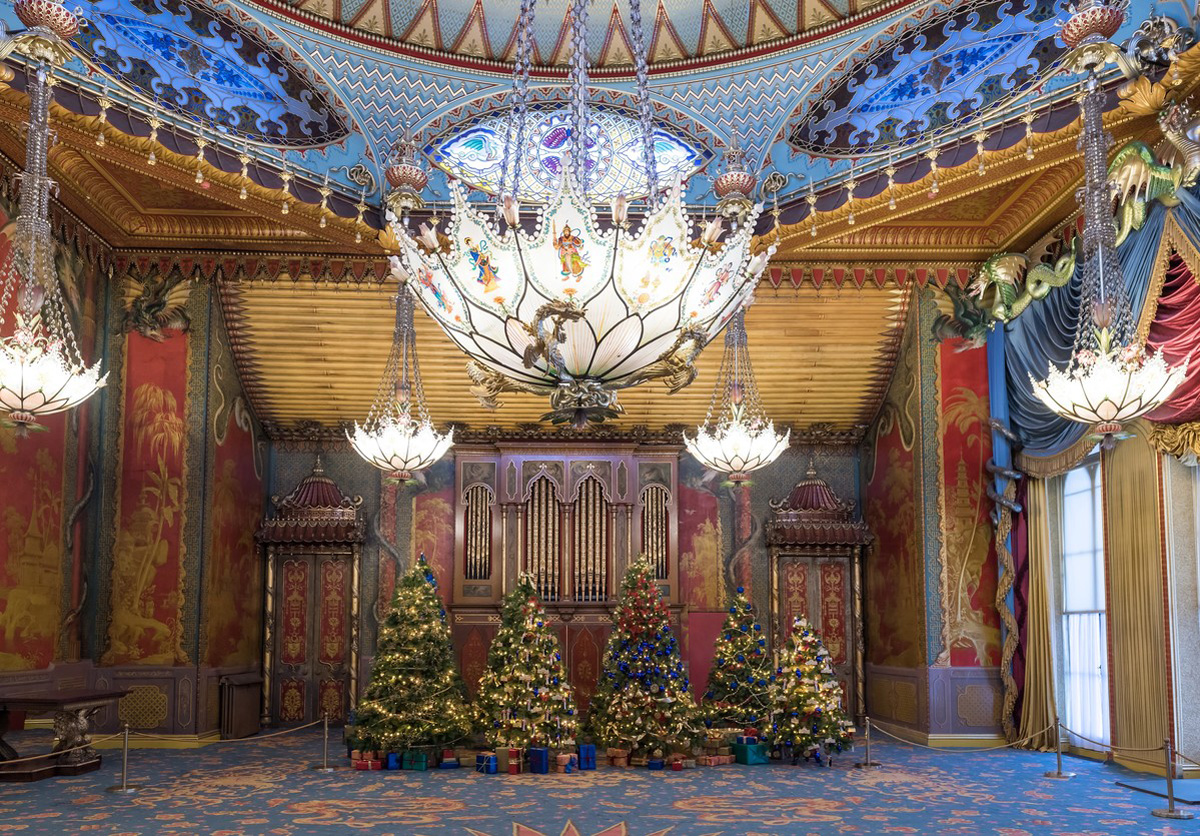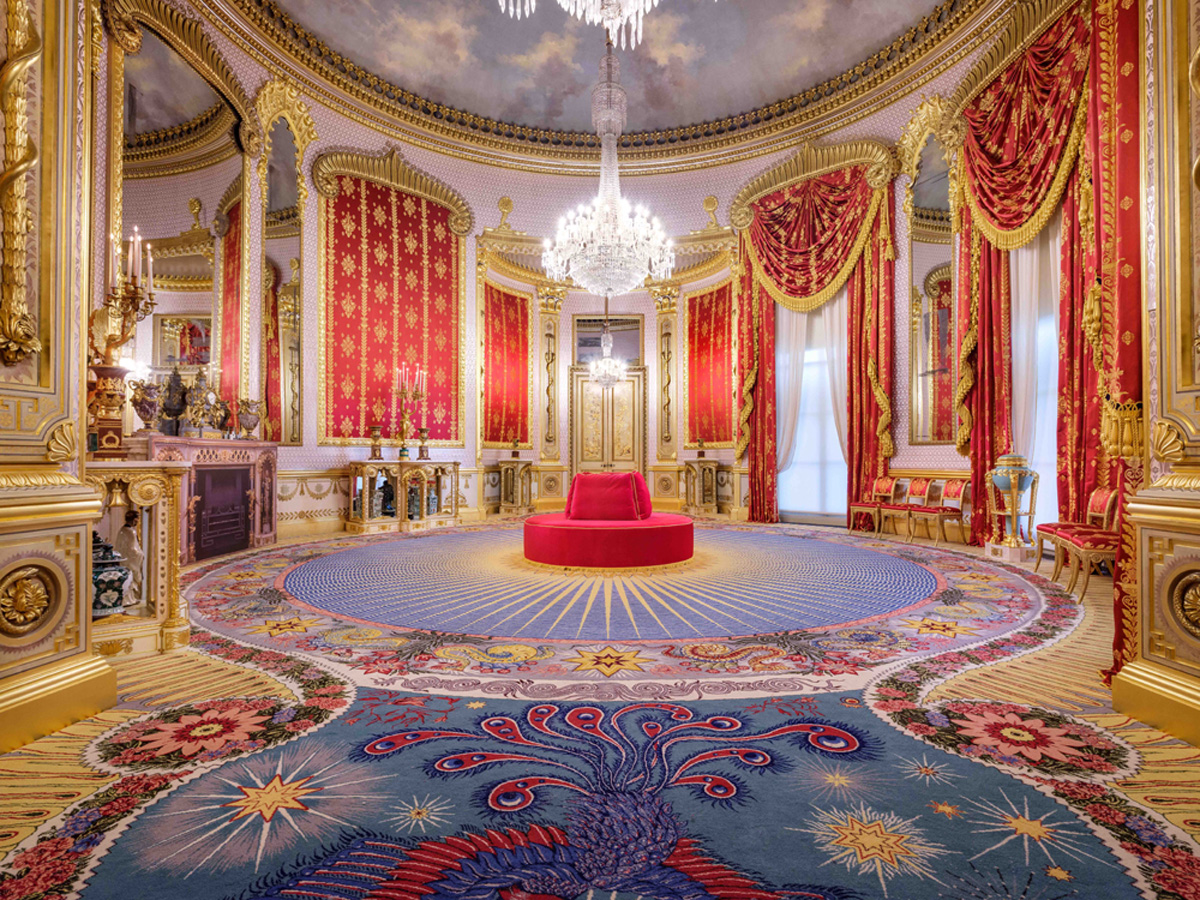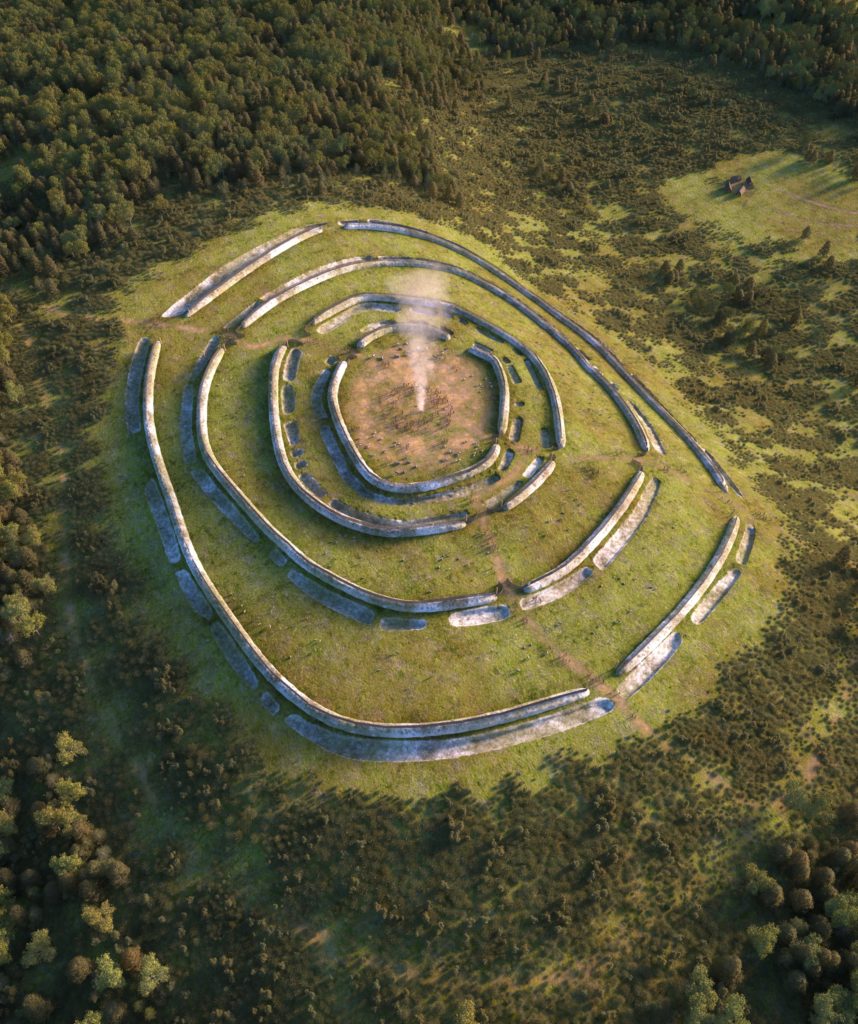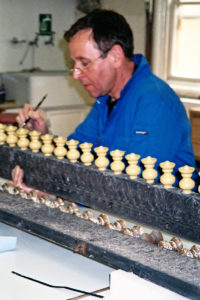
This is a legacy story from an earlier version of our website. It may contain some formatting issues and broken links.
We’re very sad to say goodbye to Gilding Conservator Norman Stevens who is retiring from the Royal Pavilion after 39 years.

Norman at work on the Jaipur Gate
Norman has been a hugely important member of staff working on a range of conservation projects through the building and has been involved in some of the most significant events in recent Pavilion history.
We talked to Norman about his time working at the palace, his memories and what he plans to do next.
Norman joined the Royal Pavilion in 1979 when he was 29 years old. He’d trained through an apprenticeship as a decorative painter and had worked for a variety of companies before being employed to restore the Music Room after a disastrous arson attack in 1975 caused extensive damage.
“There was a team of us who worked on the room for ten years,” recalls Norman. “When it was discovered that I knew how to gild I ended up doing that and my three year contract was renewed and renewed.
“The room had just been finished when the hurricane of 1987 happened. We were devastated.”
The hurricane had dislodged a huge stone minaret from the Pavilion which crashed through the music room roof and made a huge crater on the floor causing huge damage.

For Norman, it meant another 18 months working on the room before it was finished. Since those days, Norman has worked on major restoration of the ceiling in the Banqueting Room and more recently the Saloon which has been restored to the splendour of the 1823 original design. He has also worked throughout the building conserving the delicate structure and ornamentation for future generations.
His skills have grown over the years as he worked on the building with its many design features. He is highly skilled in specialist conservation skills such as cleaning, restoring, plastering, fine carving as well as painting and gilding.
He says he has loved his time working in the Royal Pavilion.
“I have a passion for the building which has just kept me interested. I’ve always said I’ve been the luckiest person to have a job I love, reasonably paid and I’ve been left alone to get on with it. It’s a really good thing to be trained at something and be able to do it well. I’ve also been really lucky that I’ve been encouraged to extend and improve my skills over the years as part of my job.”
Norman’s last project to restore the Saloon to its 1823 design has lasted around eleven years. The work was finally unveiled in September this year and was admired by the Duke and Duchess of Sussex when they visited in October.

Part of Norman’s role involved hand-applying platinum motifs throughout the room for two years involved long days, often on a scaffold.

Applying the platinum leaves
“It wasn’t boring though they were long days,” said Norman. “I’m so focused on the work and seeing how well and quickly I could get it done. I worked with my colleague Ann Sowden, who was very quick at it. We would chat and I’d set myself the challenge to see if I could do it quicker than Ann. And there was always someone coming in to say hello or you’d need to take a call to break up the day.”
 Norman, 68 plans to spend his retirement with his wife Alison and his daughter Sarah. He aims to take lots of long country walks, sort out the attic and do some sketching. Before he goes though he has one more task to do.
Norman, 68 plans to spend his retirement with his wife Alison and his daughter Sarah. He aims to take lots of long country walks, sort out the attic and do some sketching. Before he goes though he has one more task to do.
“I’m aiming to write a list of all the things I haven’t managed to do,” he said. “That’s my regret – there are so many things I wanted to do still. I’m going to leave it for the team to carry on the work.”
Caroline Sutton, Media & Press Officer
